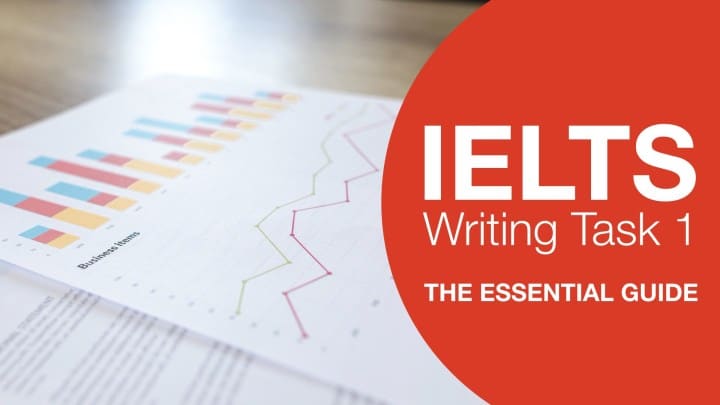This article provides practical tips and strategies to excel in the IELTS Writing Task 1. Learn how to effectively describe visual data, use the right vocabulary, and structure your response to achieve a high band score.
IELTS Task 1 Writing Tips: Mastering the Art of Describing Visual Data
IELTS Writing Task 1 requires you to describe and interpret visual information such as graphs, charts, tables, or diagrams. This task assesses your ability to summarize and compare data accurately, using appropriate language and structure. Here are some essential tips to help you score higher in Task 1:

- Understand the Task Requirements
Task 1 involves describing visual data, and you need to focus on the key trends, differences, and similarities. You are required to write at least 150 words, summarizing the main information without adding personal opinions or unnecessary details. - Identify Key Features
Take a few minutes to analyze the visual data before you start writing. Identify the main trends, highest and lowest points, significant changes, and any notable patterns. Highlight these key features in your response to show a clear understanding of the data. - Organize Your Writing
Structure your response logically to enhance clarity. A typical structure includes:- Introduction: Paraphrase the task prompt and briefly describe what the visual represents.
- Overview: Summarize the main trends or patterns in the data. This section is crucial for demonstrating your overall understanding.
- Details: Provide specific data points to support the trends mentioned in the overview. Use separate paragraphs for different sets of data or categories to keep your writing organized.
- Use Appropriate Vocabulary
Use a range of vocabulary to describe trends and changes in the data. For example:- Increase: rise, grow, climb, surge
- Decrease: fall, decline, drop, plummet
- No change: remain stable, stay constant, plateau
Also, use comparative language to highlight differences (e.g., “higher than,” “less than,” “twice as much as”).
- Use a Variety of Sentence Structures
Avoid repetitive sentence structures by varying your grammar. Use complex sentences to show relationships between different data points. For example:- “While the number of X increased significantly, the number of Y remained relatively stable.”
- Be Accurate with Data
Ensure that you accurately report all numbers and data points. Mistakes in reporting figures can lower your score. Always double-check your data references to avoid inaccuracies. - Use Linking Words for Coherence
Linking words and phrases help to connect your ideas smoothly. Use words like “however,” “in contrast,” “similarly,” and “as a result” to show relationships between different data points and ideas. - Practice Time Management
You have 20 minutes to complete Task 1. Spend 3-5 minutes planning, 12-14 minutes writing, and the last minute proofreading your work. Practicing with timed exercises can help you get used to this pace. - Proofread Your Writing
Leave a minute at the end to check for spelling, punctuation, and grammatical errors. Small mistakes can affect your score, so it’s important to correct them before submitting your test.
By following these tips, you will be better prepared to approach IELTS Writing Task 1 with confidence. Remember, practice regularly, review your mistakes, and focus on improving your clarity and precision in describing visual data.
